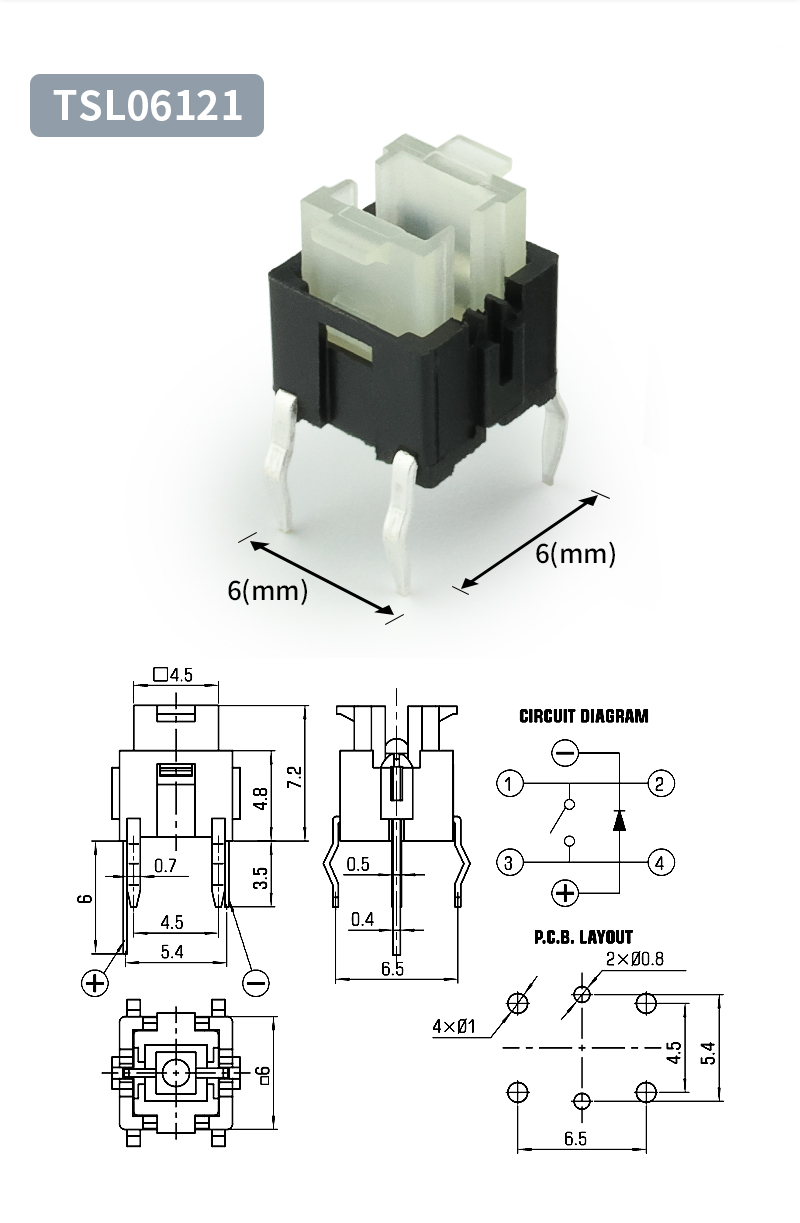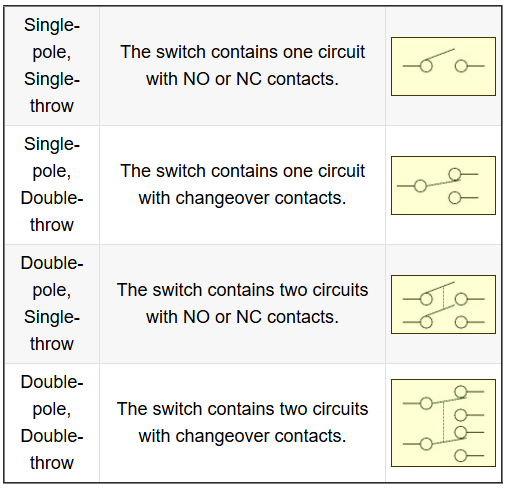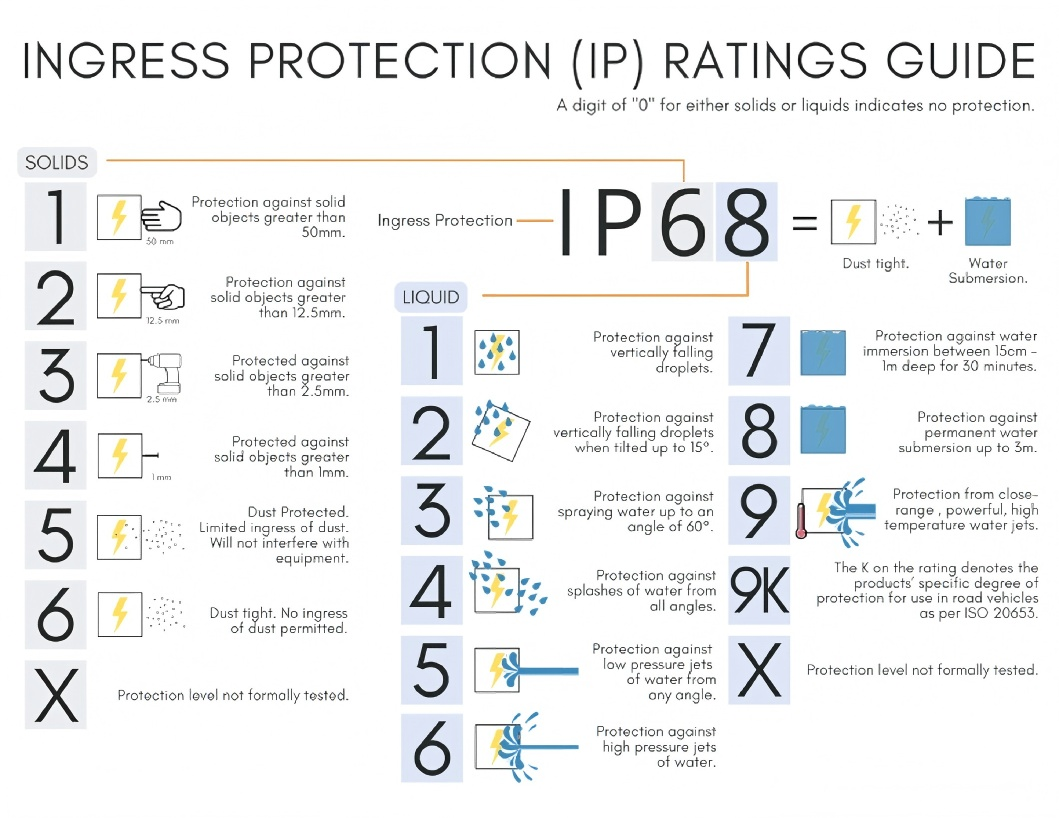The introduction of illuminated tact switch [ Tact Switches Integrated with LEDs ]
Enhancing User Experience with Tact Switches Integrated with LEDs
In the ever-evolving landscape of electronic devices, the integration of innovative features has become a key strategy for enhancing user experience. One such innovation is the incorporation of Light-Emitting Diodes (LEDs) into tactile switches, creating a seamless blend of tactile feedback and visual indication. This integration not only improves the functionality of the switches but also adds a layer of sophistication to the overall user interface. Let's delve deeper into the realm of tact switches with integrated LEDs and explore their myriad applications and benefits.
Tactile Switches: The Backbone of User Interaction
Tactile switches, also known as tact switches, serve as the backbone of user interaction in numerous electronic devices. These switches provide users with tactile feedback, typically in the form of a satisfying click or snap sensation, upon actuation. This tactile feedback is crucial as it confirms to users that their input has been successfully registered, enhancing the overall usability of the device. Tact switches are commonly found in a wide array of products, ranging from consumer electronics to industrial equipment.
.jpg)
The Emergence of LED Integration
In recent years, there has been a growing trend towards integrating LEDs into tactile switches, thereby augmenting their functionality with visual feedback. LEDs are semiconductor light sources that emit light when an electric current passes through them. By incorporating LEDs into tact switches, manufacturers can provide users with visual indicators of switch status, mode selection, or system alerts. This integration not only enhances the user experience but also adds an aesthetic appeal to the device's design.
Applications Across Industries
The applications of tact switches with integrated LEDs span across various industries and product categories. In consumer electronics, these switches are commonly utilized in remote controls, gaming peripherals, and home appliances. The illuminated switches not only improve usability but also contribute to the overall aesthetics of the device. In automotive applications, tact switches with LEDs find their place in dashboard controls, allowing drivers to easily locate and operate various functions, even in low-light conditions.
Benefits of LED Integration
The integration of LEDs into tactile switches offers several benefits for both users and manufacturers. From a user perspective, the visual feedback provided by the LEDs enhances the intuitiveness of device operation and simplifies navigation through complex interfaces. Moreover, the illuminated switches improve visibility in dimly lit environments, ensuring seamless usability under all conditions. For manufacturers, the integration of LEDs adds value to their products by differentiating them in the market and enhancing their appeal to consumers.

Conclusion
In conclusion, the integration of LEDs into tactile switches represents a significant advancement in the field of user interface design. By combining tactile feedback with visual indication, these switches elevate the user experience to new heights, making electronic devices more intuitive and engaging to interact with. Whether it's a remote control, a gaming console, or a control panel in an automobile, tact switches with integrated LEDs illuminate the path towards enhanced user interaction and satisfaction.


